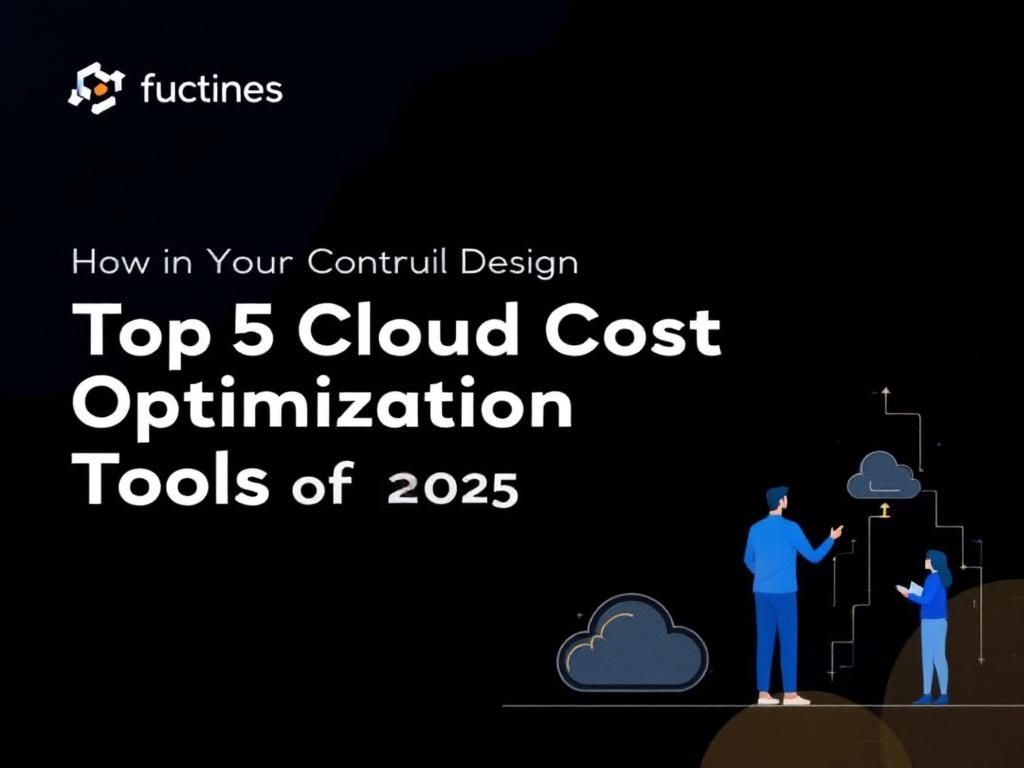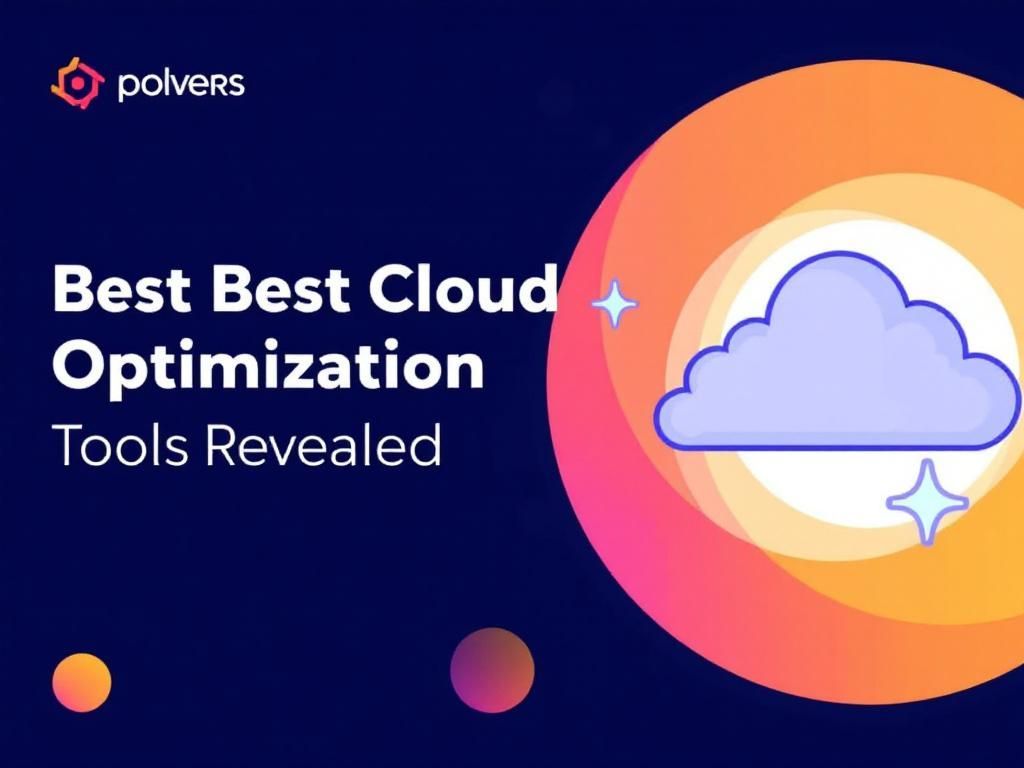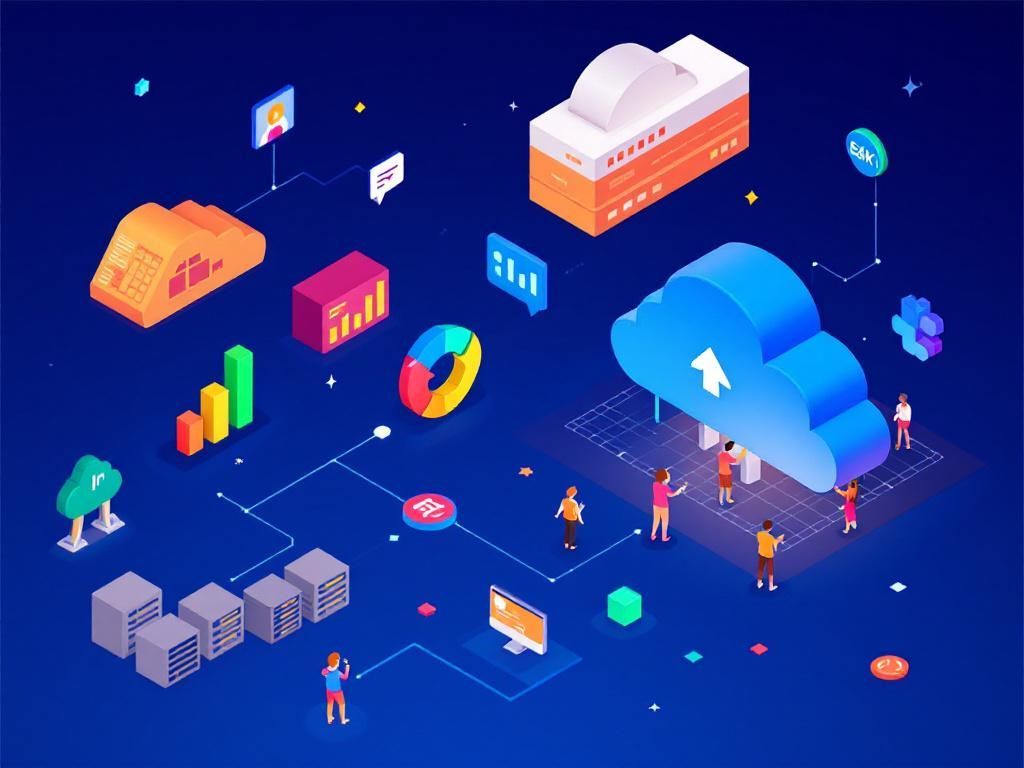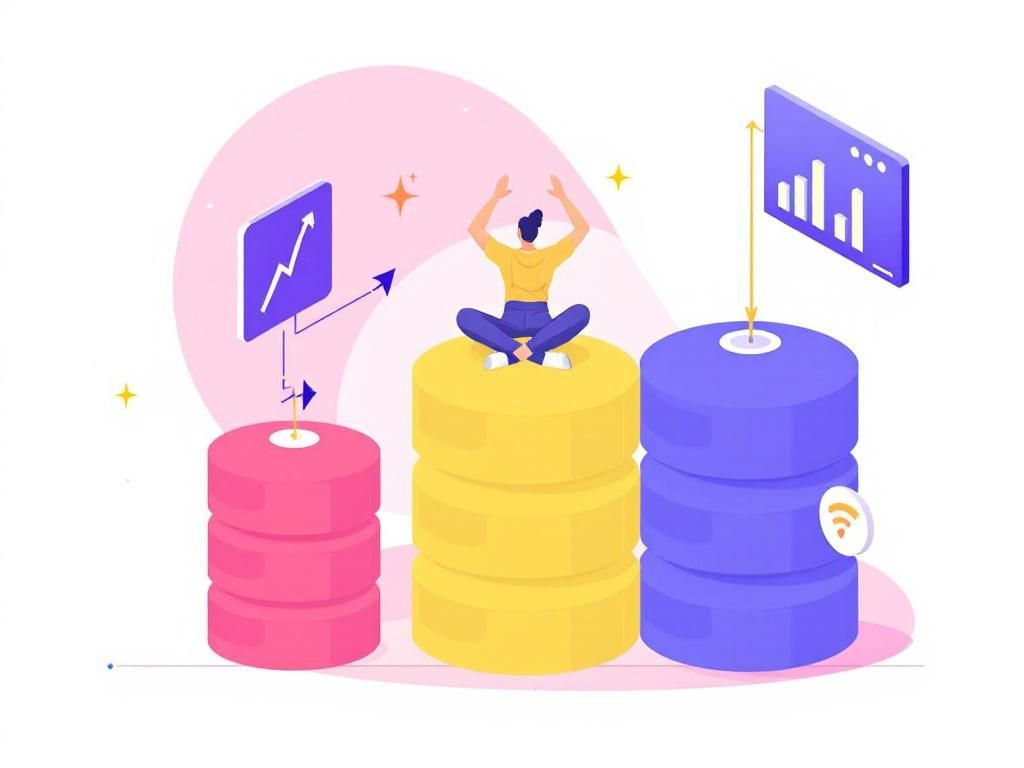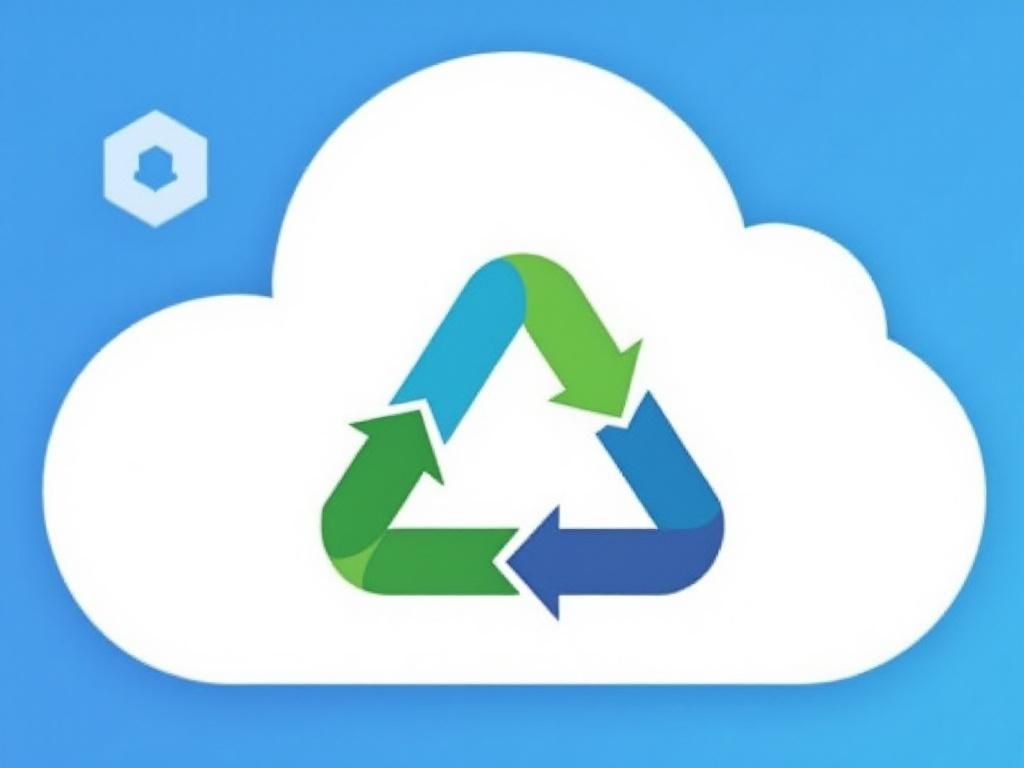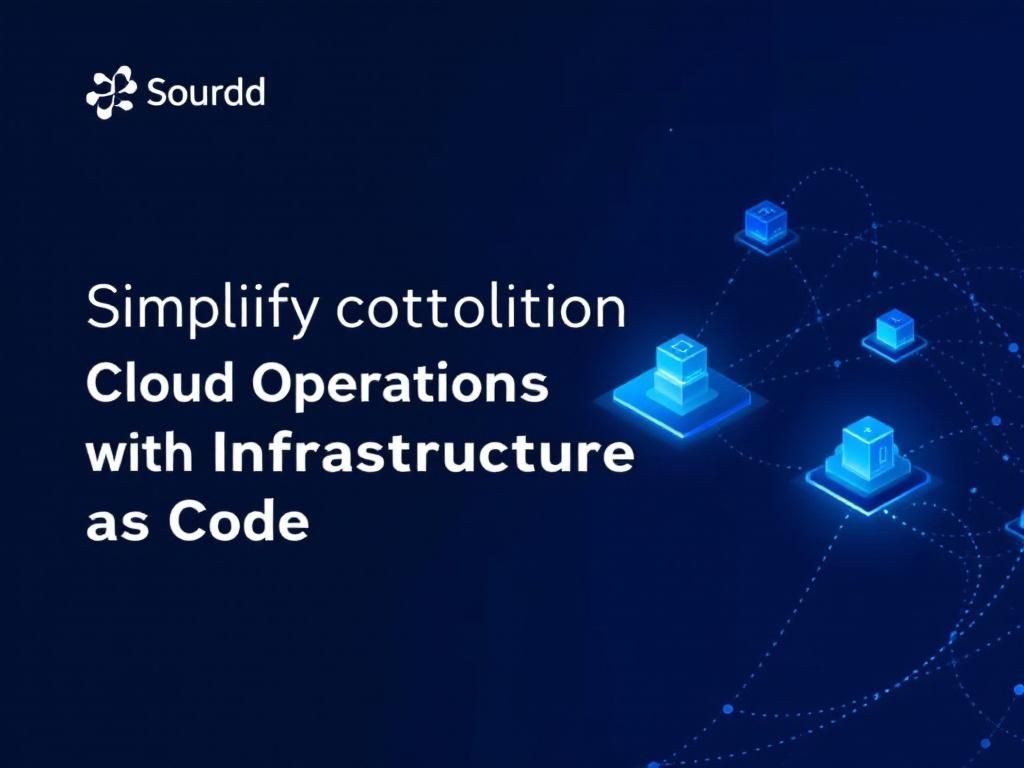Master Serverless Architecture: A Developer’s 2025 Guide
Explore the ultimate guide for developers on mastering serverless architecture in 2025. Learn best practices, tools, and strategies for success.
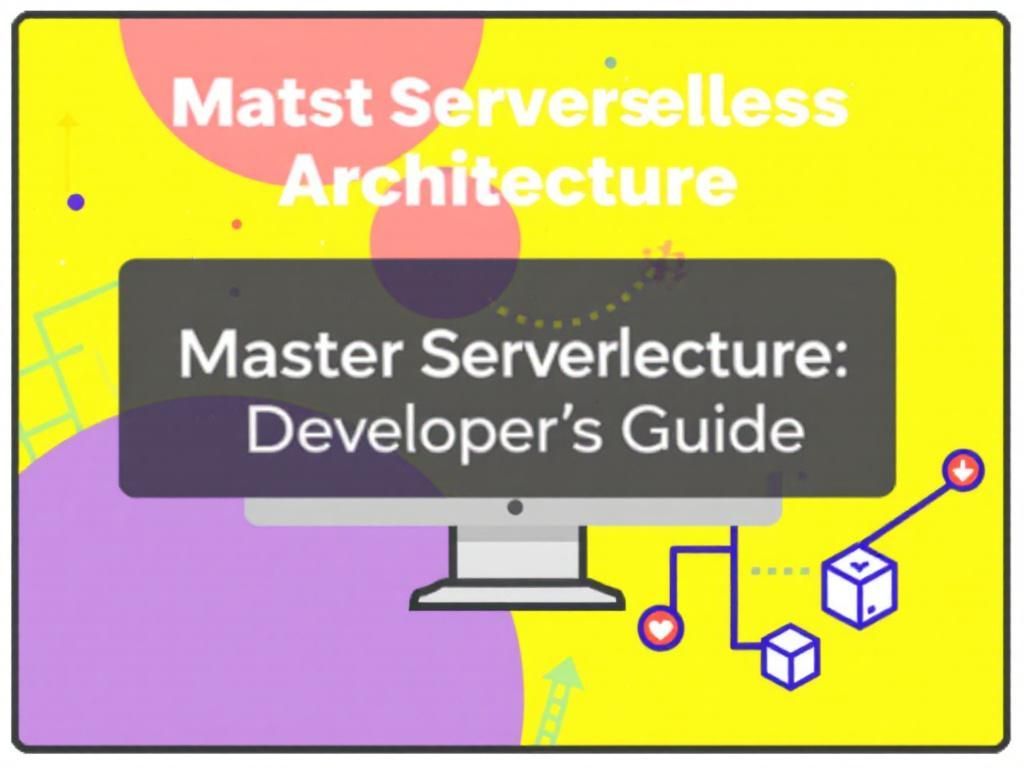
In recent years, serverless architecture has transformed the way developers build and deploy applications. By abstracting server management, it allows teams to focus on writing code rather than worrying about infrastructure. This article aims to provide a comprehensive guide for developers looking to master serverless architecture in 2025, covering key concepts, benefits, challenges, and best practices.
Table of Contents
Understanding Serverless Architecture
Serverless architecture is a cloud-computing execution model where the cloud provider dynamically manages the allocation of machine resources. While it does not mean that servers are eliminated, it allows developers to deploy applications without managing the underlying infrastructure. Here are the core components of serverless architecture:
- Function as a Service (FaaS): This is the most recognized aspect of serverless, allowing developers to run code in response to events without provisioning or managing servers.
- Backend as a Service (BaaS): This provides a way to connect to databases and services that are hosted on the cloud without needing to manage servers explicitly.
- Event-driven: Serverless architectures are often event-driven, meaning they respond to triggers like HTTP requests, database changes, or sensor data.
Benefits of Adopting Serverless
There are numerous advantages to adopting a serverless architecture:
- Cost Efficiency: You only pay for what you use. This eliminates costs associated with idle resources.
- Scalability: Serverless applications can automatically scale up or down based on demand, handling traffic spikes seamlessly.
- Reduced Time to Market: Developers can focus on writing code and deploying applications quickly, improving speed to market.
- Maintenance Reduction: The cloud provider handles infrastructure management, reducing the operational burden on teams.
Common Use Cases for Serverless
Serverless architecture is suitable for various applications, including:
| Use Case | Description |
|---|---|
| Web Applications | Building scalable web applications using FaaS for backend processes. |
| Data Processing | Processing data in real-time events from sources like IoT devices or logs. |
| APIs | Creating serverless APIs that can scale dynamically based on requests. |
| Chatbots | Integrating AI-driven chatbots that respond to user queries. |
Popular Serverless Platforms
Several cloud providers offer serverless services, each with unique features. Here’s a breakdown of the most popular platforms:
Amazon Web Services (AWS)
AWS Lambda is a leading FaaS solution that allows users to run code without provisioning servers. Key features include:
- Integration with AWS services (e.g., S3, DynamoDB).
- Support for multiple programming languages.
- Automatic scaling and load balancing.
Microsoft Azure
Azure Functions enables developers to execute event-driven code without the need for server management. It offers:
- Built-in integrations with Azure services.
- Tools for monitoring and debugging.
- Support for various programming languages.
Google Cloud Platform (GCP)
Google Cloud Functions provides serverless execution of code in response to events. Features include:
- Easy integration with GCP products like Pub/Sub and Firestore.
- Support for multiple programming languages.
- Pay-per-use pricing model.
Challenges in Serverless Architecture
While serverless offers many benefits, developers must also be aware of its challenges:
- Cold Starts: The initial latency when a function is invoked can impact performance, especially for infrequent functions.
- Vendor Lock-in: Relying on a single cloud provider may hinder portability and flexibility.
- Monitoring and Debugging: Traditional tools may not work well in serverless environments, requiring new strategies.
- Complexity of State Management: Given that serverless functions are stateless, managing application state can become complicated.
Best Practices for Serverless Development
To effectively harness the power of serverless architecture, developers should follow these best practices:
1. Optimize Function Design
Design small, single-purpose functions to keep execution quick and efficient. Aim for:
- Short execution times to minimize costs.
- Clear separation of concerns for maintainability.
2. Implement Monitoring and Logging
Use cloud provider logging tools to monitor function performance and errors. Tools like:
- AWS CloudWatch
- Azure Monitor
- Google Stackdriver
3. Test Locally and Frequently
Utilize local development tools to test functions in an environment that simulates production. Automated testing ensures consistent performance.
4. Manage Dependencies Efficiently
Keep the package size minimal by including only necessary libraries. This reduces cold start times and improves performance.
5. Secure Your Application
Implement security best practices such as:
- Using API keys and environment variables for sensitive configurations.
- Regularly updating functions to patch vulnerabilities.
The Future of Serverless Architecture
As we move further into 2025, serverless architecture is likely to evolve with emerging technologies, ensuring even broader applications. Some anticipated trends include:
- Increased Multi-cloud Adoption: Companies will use a combination of cloud providers to avoid vendor lock-in.
- Improved Tooling: Enhanced monitoring and deployment tools will simplify serverless development.
- Integration with AI and ML: Serverless functions will increasingly leverage AI for tasks like predictive analytics and automation.
Conclusion
Mastering serverless architecture provides developers with the agility and efficiency needed for modern application development. By understanding its core concepts, benefits, and best practices, developers can successfully implement serverless solutions tailored to their needs. The future looks bright for serverless, promising continued innovation and increased adoption across the tech industry. Embrace the change and start exploring the possibilities of serverless architecture today!
FAQ
What is serverless architecture?
Serverless architecture is a cloud computing execution model where the cloud provider dynamically manages the allocation of machine resources. Developers can focus on writing code without worrying about server management.
What are the benefits of using serverless architecture?
Benefits of serverless architecture include reduced operational costs, automatic scaling, faster time to market, and the ability to focus on code development instead of infrastructure management.
How does serverless architecture handle scalability?
Serverless architecture automatically scales applications by allocating resources based on demand. This means that during peak times, more resources are provisioned, and during low usage, resources are minimized, ensuring efficient cost management.
What are some popular serverless platforms?
Popular serverless platforms include AWS Lambda, Google Cloud Functions, Microsoft Azure Functions, and IBM Cloud Functions. Each platform offers unique features and integrations to support serverless applications.
Is serverless architecture suitable for all types of applications?
While serverless architecture offers many advantages, it may not be suitable for all applications. Applications with consistent, high workloads may benefit from traditional hosting or dedicated servers instead of serverless.
How do I get started with serverless architecture?
To get started with serverless architecture, begin by selecting a serverless platform, understanding the pricing model, and learning about the functions and services offered. Experiment with building small applications to gain practical experience.



